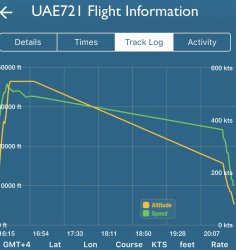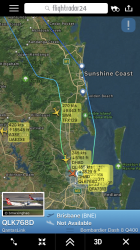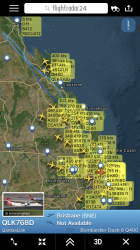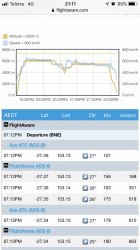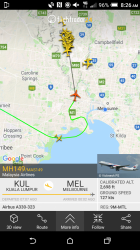jb747
Enthusiast
- Joined
- Mar 9, 2010
- Posts
- 13,490
In that same vain, what would be the most brutal flight for you? Something like a SIN to MEL with a dawn arrival?
Individual sectors can be quite easy. They need to be looked at as part of an entire roster to get an idea of how hard, or easy, they really are.
Singapore/Melbourne, as a stand alone sector is quite easy on the body. It's not particularly long, and you get to Melbourne nice and early. Get three of them over a short period of time, as you can, and they're an entirely different matter. A single London trip was never that hard either, but after a few in a row, you'd be totally knackered.
One that I haven't done for a long time, but that I remember as being particularly painful, was Honolulu - Sydney. The timing was such that you were unlikely to get any sleep beforehand, and you rarely got any during the flight.








